Archives
- 2025-11
- 2025-10
- 2023-07
- 2023-06
- 2023-05
- 2023-04
- 2023-03
- 2023-02
- 2023-01
- 2022-12
- 2022-11
- 2022-10
- 2022-09
- 2022-08
- 2022-07
- 2022-06
- 2022-05
- 2022-04
- 2022-03
- 2022-02
- 2022-01
- 2021-12
- 2021-11
- 2021-10
- 2021-09
- 2021-08
- 2021-07
- 2021-06
- 2021-05
- 2021-04
- 2021-03
- 2021-02
- 2021-01
- 2020-12
- 2020-11
- 2020-10
- 2020-09
- 2020-08
- 2020-07
- 2020-06
- 2020-05
- 2020-04
- 2020-03
- 2020-02
- 2020-01
- 2019-12
- 2019-11
- 2019-10
- 2019-09
- 2019-08
- 2019-07
- 2019-06
- 2019-05
- 2019-04
- 2018-07
-
br Materials and methods br Results br Discussion Ubiquitina
2020-03-30
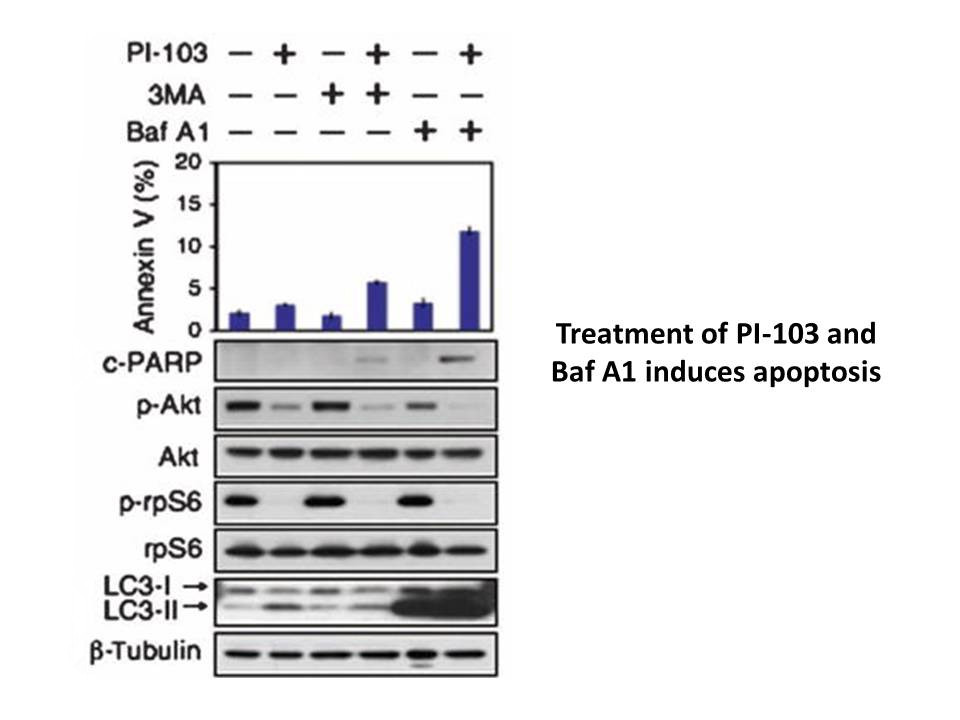
Materials and methods Results Discussion Ubiquitination is an important eukaryotic process that defines the fate of proteins and their functionality. It has multiple roles in cell survival, differentiation and development (Glickman and Ciechanover, 2002). Ubiquitination is usually known as
-
br Discussion Cytomegalovirus CMV is a
2020-03-30
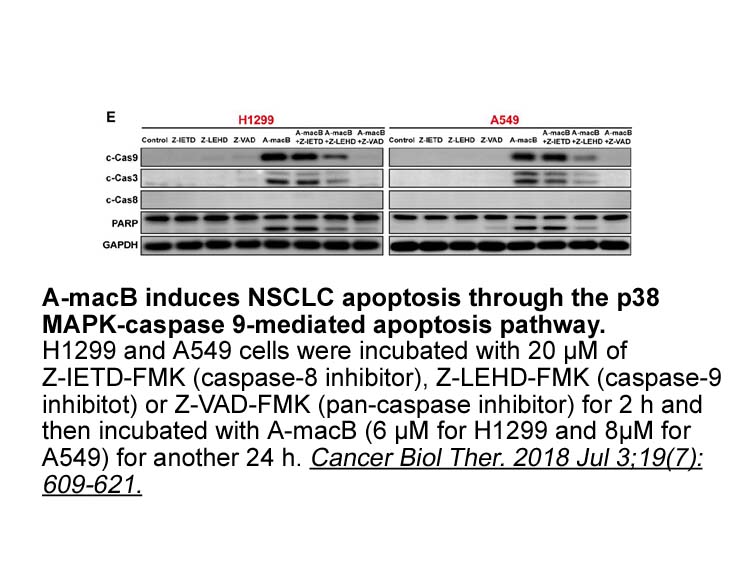
Discussion Cytomegalovirus (CMV) is a herpes virus that causes primary infection in normal hosts and re-activation infection in compromised hosts with impaired CMI, e.g., organ transplants. Following primary infection, which may be severe, CMV becomes latent in lymphocytes. Reactivation may occur
-
Selective inhibitor of phosphodiesterase type PDE
2020-03-30

Selective inhibitor of phosphodiesterase type 5 (PDE5I) is commonly used for ED treatment. PDE5I exhibits its vasodilatory effect by inhibiting the degradation of cyclic guanosine monophosphate (cGMP), which relaxes the smooth muscle and allows increased blood flow for penile tumescence. Udenafil (D
-
Ramos cell http www apexbt com
2020-03-27
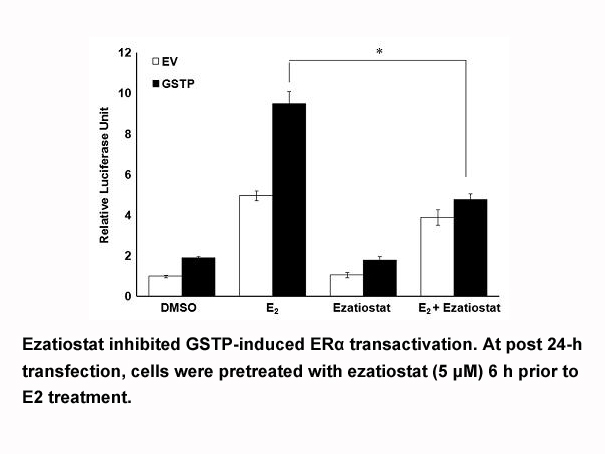
Ramos cells carry a non-functional p53 and constitutively express the transcription factor, NF-κB (Nazari et al., 2011, Zand et al., 2008). There is much evidence to support the conclusion that the interruption of NF-κB activation promotes apoptosis in several hematological malignancies (Fabre et al
-
br Epac in cardiovascular pathophysiology Epac
2020-03-27

Epac in cardiovascular pathophysiology Epac orchestrates signaling actors that regulate fundamental cellular functions and general biological effects. However, some important gaps still remain in the knowledge of the physiopathological role of Epac in the heart. So far, Epac has been implicated i
-
Another interesting finding regarding substrate selectivity
2020-03-27
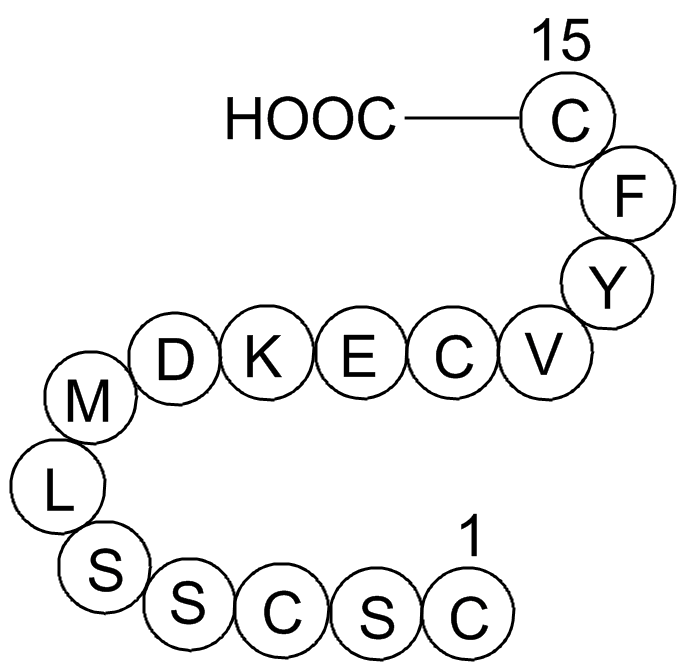
Another interesting finding regarding substrate selectivity of iPLA2-VIA in whole cellular systems stems from the observation that some of the major species hydrolyzed by the enzyme contain a 16:1 fatty Hyper Assembly Cloning at the sn-2 position [57,119], raising the possibility that iPLA2-VIA may
-
The isomeric phenyloxazole not only exhibited increased pote
2020-03-27
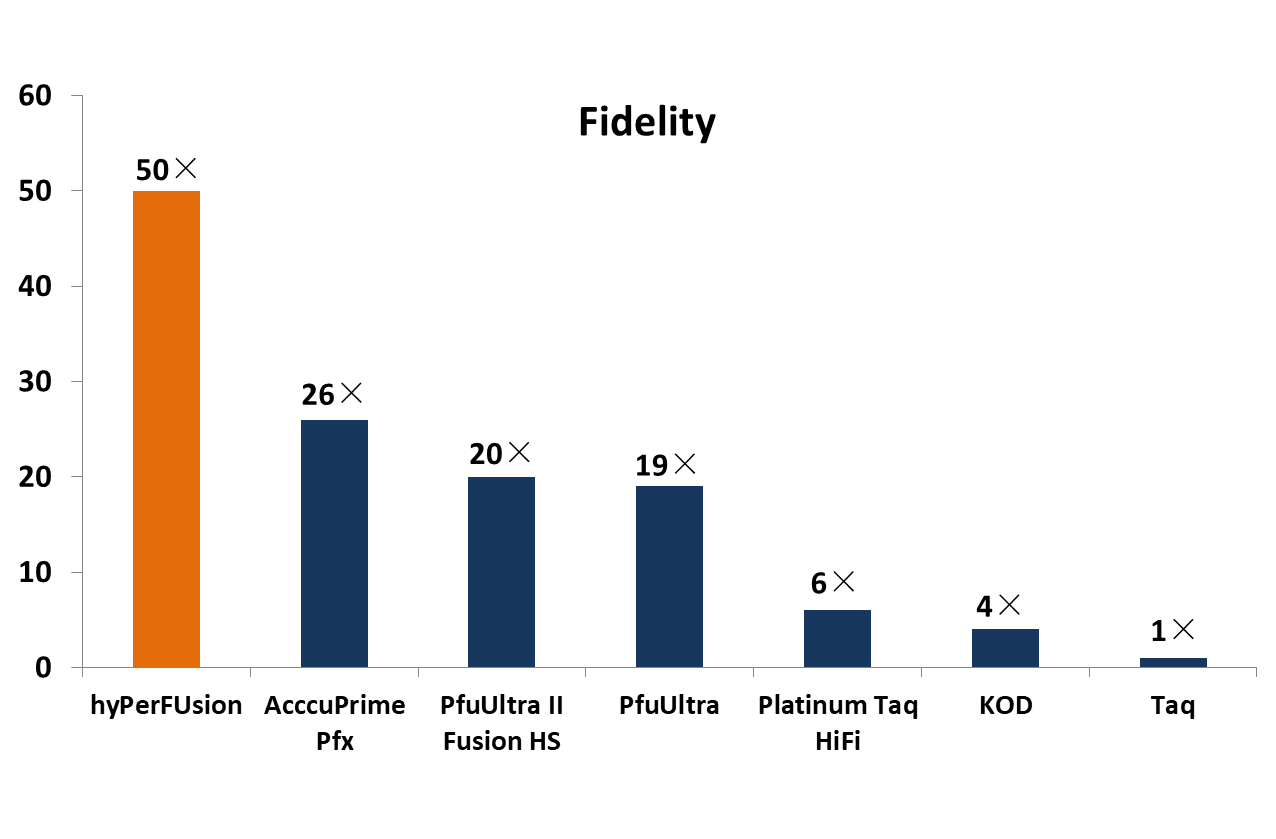
The isomeric 5-phenyloxazole not only exhibited increased potency against NEP, but also a decreased ACE inhibition thus providing encouraging selectivity. Changing the P1 group from an -propyl to a more polar methoxyethyl at the left hand dna ligase (as seen in compound pairs – and –) decreased AC
-
Rofecoxib A factor that complicates the use of human
2020-03-27
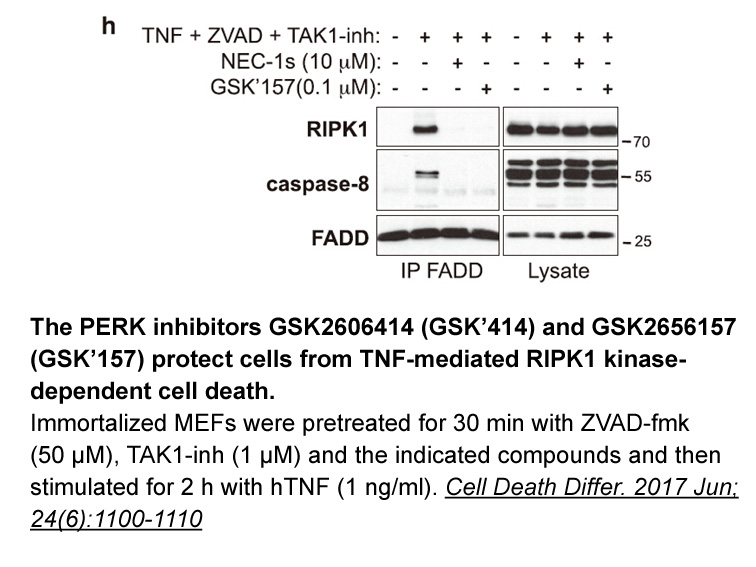
A factor that complicates the use of human liver Rofecoxib is one of variability, which arises in part because many of the human liver samples available for research show various stages of a variety of disease states (steatosis (fatty liver), cirrhosis, carcinogenesis in adjacent tissue), although
-
Benztropine mesylate br Conformational Activation of APC C
2020-03-27
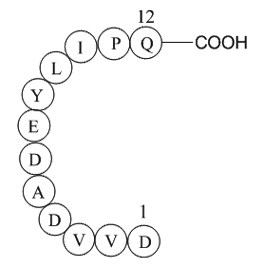
Conformational Activation of APC/C Enables Binding to the Coactivator CDC20 APC/C comes to life by binding a coactivator. This is controlled in part by phosphorylation and APC/C conformational changes that expose the Benztropine mesylate for the C box and IR tail of the coactivator. In interphas
-
We examined the function of immobilised THPs by
2020-03-27
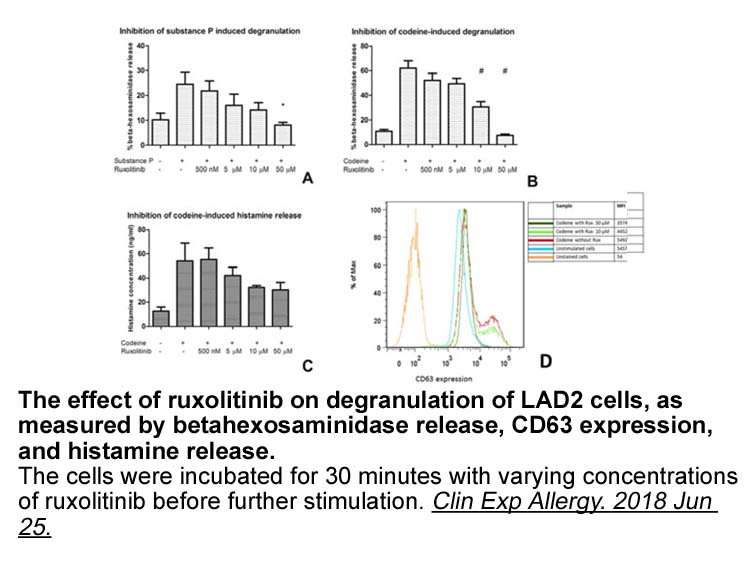
We examined the function of immobilised THPs by seeding cells transfected with DDR2-Flag on derivatised crosslinked collagen films, then detecting the phosphorylation of tyrosine 740 (Y740) on the intracellular domain of DDR2 [50]. This regulatory residue is a target for the intracellular tyrosine k
-
br Materials and methods br Results br Discussion Our
2020-03-27

Materials and methods Results Discussion Our previous investigation demonstrated that some genes in the latex that were involved in rubber biosynthesis were regulated by exogenous JA, and Hbvp1 is one of the JA-responsive genes in the latex of rubber trees [23]. In this study, the Hbvp1 enc
-
In summary our data show a novel
2020-03-27
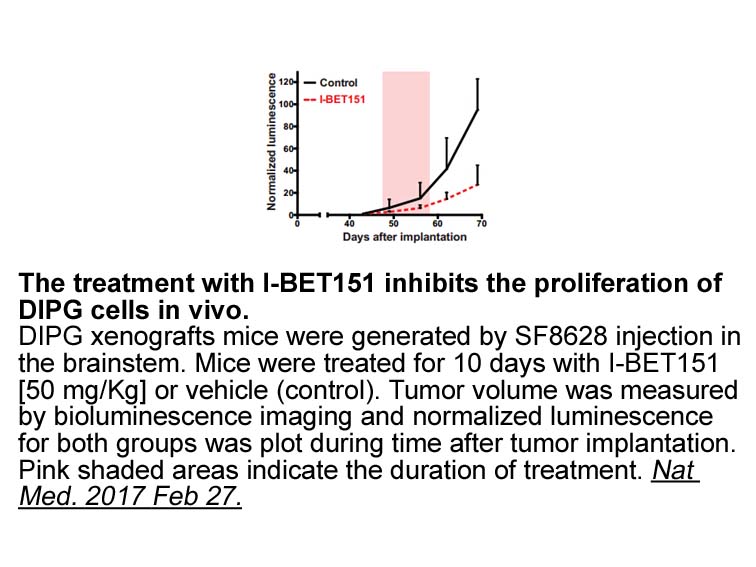
In summary, our data show a novel mechanism: CPD-mediated autoprocessing of C difficile toxins regulates their proinflammatory activities. Thus, our study provides a new understanding of the molecular mechanisms of the pathogenesis of C difficile toxins and insights into designing new therapeutics a
-
Distribution of DGTS in basidiomycete fungi
2020-03-27

Distribution of DGTS in basidiomycete fungi has been demonstrated to be heterogeneous. In certain fungal taxons, such as Agaricales, Polyporales and Russulales, there are species that synthesize and species that do not synthesize DGTS that belong to the same order or even family (Dembitsky, 1996, Va
-
The P H activity and the large number
2020-03-27

The P4H activity and the large number of 4-Hyp residues that are formed, amounting to half of all the Pro residues or 10% of all residues, have been identified as having a clear role in the structure and chemistry of the triple helix [3]. The role of the rare 3-Hyp residues is less clear and is stil
-
We have previously reported that CK is downregulated
2020-03-27

We have previously reported that CK2 is downregulated in senescent human lung fibroblast IMR-90 cells, aged rat tissues, and aging nematodes [17,18]. CK2 downregulation induces cellular senescence via the PI3K-AKT-mTOR-reactive oxygen species-p53-p21Cip1/WAF1 pathway in human cells [[19], [20], [21]
9917 records 479/662 page Previous Next First page 上5页 476477478479480 下5页 Last page